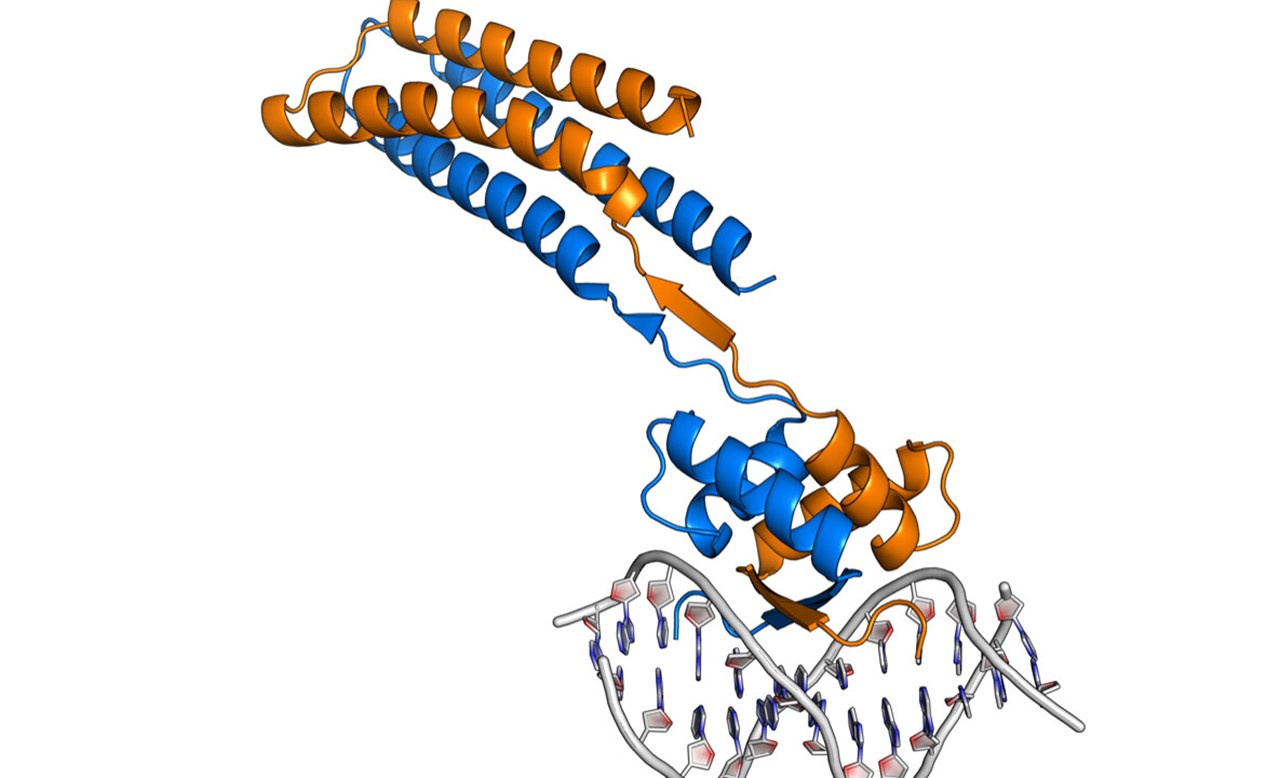Fact box structural biology
The function of proteins is determined by their three-dimensional structure. The science that focuses on the interaction between structure and function is called structural biology. There are four main techniques to study protein structures and all these techniques are well developed at Umeå University (electron microscopy, X-ray crystallography (nuclear magnetic resonance NMR spectroscopy and computational structural biology). Structural biology has contributed to many major scientific breakthroughs such as the structure of the DNA double helix, the development of one of the first drugs for HIV infection and the structural determination of the protein synthesis machine – the ribosome.




